If it wasn’t for Wright Brothers, we wouldn’t be exploring the world today! Known as the pioneers of modern flight, the Wright Brothers were inventors from a young age. In fact, their road to being the first to launch a controlled, engine-powered airplane began with a toy from their dad. Check out these 10 things you may not know about the aviation pioneers.
1. Neither of the brothers received a high school diploma

Library of Congress/Wikimedia Commons
Neither brother attended college or even obtained a high school diploma. Wilbur finished four years of high school, but the family moved from Richmond, Indiana, to Dayton, Ohio, before he could receive his diploma. Orville, although intellectually curious, dropped out of high school before his senior year to launch a printing business.
2. They never married
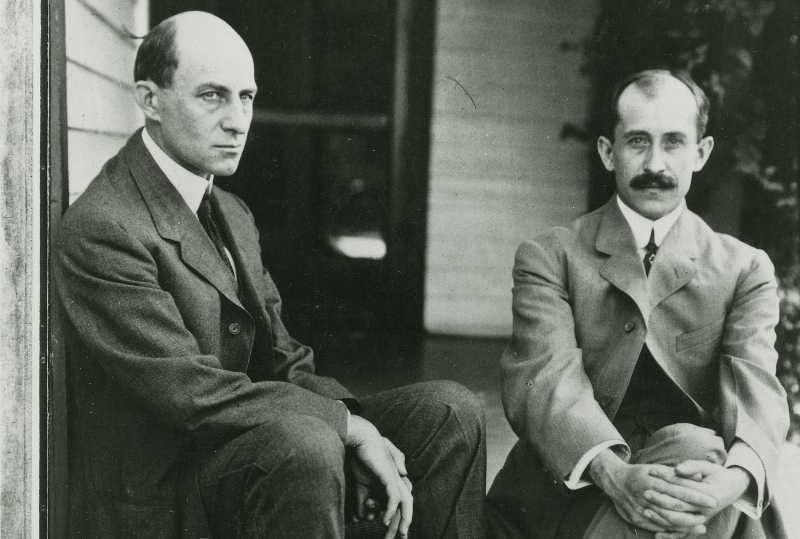
The tight-knit brothers, born four years apart, were wedded to their work; Wilbur told reporters that they didn’t have time for both a wife and an aeroplane.
3. After the first day, the 1903 Wright Flyer never flew again

Before the two brothers flew the Wright Flyer for the fifth time on the day of the first flight, a strong gust of wind caught hold of the aircraft and flipped it multiple times.
The aircraft sustained heavy damage to its ribs, motor and chain guides that were beyond repair. The Wright Flyer was transported back to Dayton, Ohio and never flew again.
4. Neil Armstrong carried a piece of the Wright Flyer with him to the moon
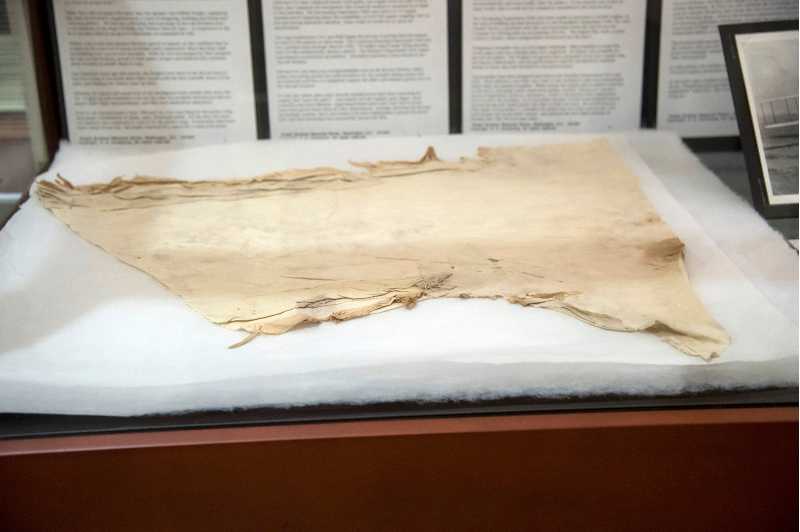
Similar to the Wright Brothers, Neil Armstrong was also an aeronautical pioneer from Ohio and became the first man to step foot on the moon in 1969. Inside Armstrong’s pocket during the historic moonwalk, he carried with him a piece of muslin fabric from the left-wing of the original 1903 Wright Flyer along with a piece of wood from the airplane’s left propeller.
5. A coin toss decided which of the brothers would be the first to fly
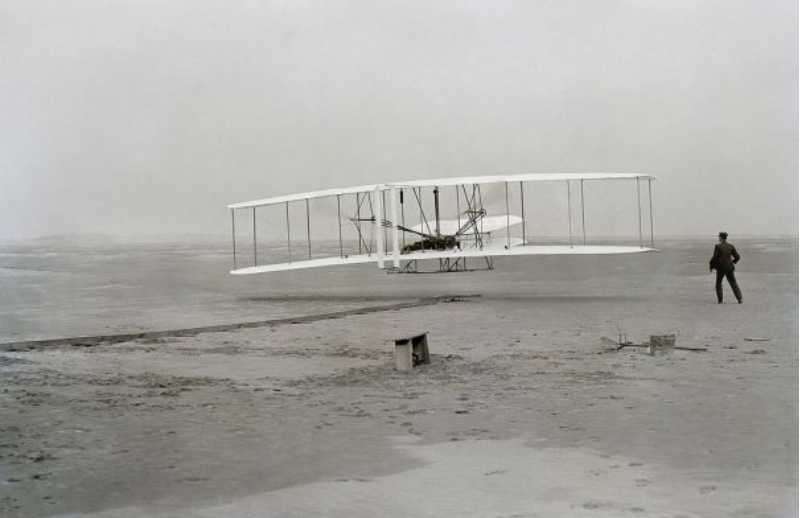
Orville won the coin toss on December 17th, 1903. That morning, he took a flight of 12 seconds with a flight distance of 120 feet. The brothers switched places multiple times that day and incrementally increased their distance. Wilbur’s final flight lasted nearly a minute and covered a distance of 852 feet.
6. Orville handled the mechanics while Wilbur handled the business

Although it’s true to say that both brothers worked tirelessly on the design of their airplanes, Wilbur was primarily the public face of the Wright enterprise with Orville taking on more of the ‘behind the scenes’ role.
7. Orville survived WW1 and WW2
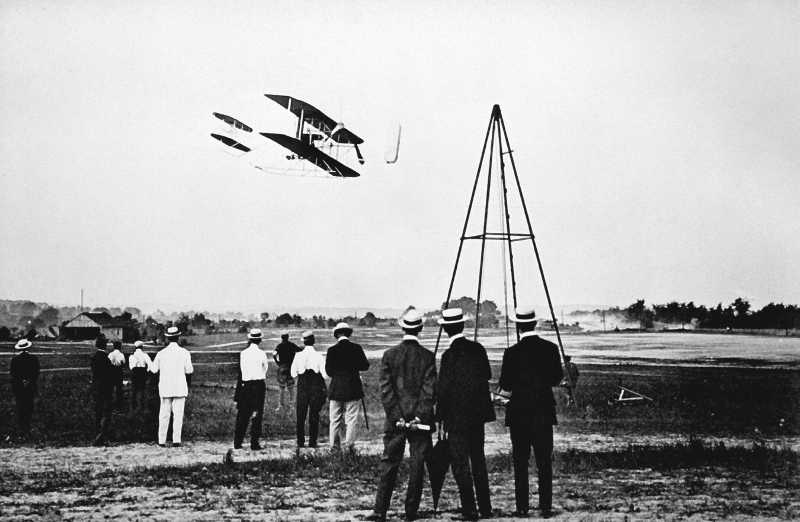
Lived until 1948, Orville Wright witnessed the airplane revolution. He witnessed the dawn of the jet age and the invention of the modern liquid-fuelled rocket – he also saw the devastation that the airplane was capable of during the two World Wars.
“No, I don’t have any regrets about my part in the invention of the airplane, though no one could deplore more than I the destruction it has caused.”
8. The brothers flew together just once

Mainly because of the promise they made to their father, who feared losing both sons in an airplane accident, they never were to fly together. But their father made a single exception-on May 25, 1910, when he allowed the brothers to share a six-minute flight near Dayton with Orville piloting and Wilbur as a passenger.
9. Orville was involved in the first-ever fatal aviation accident
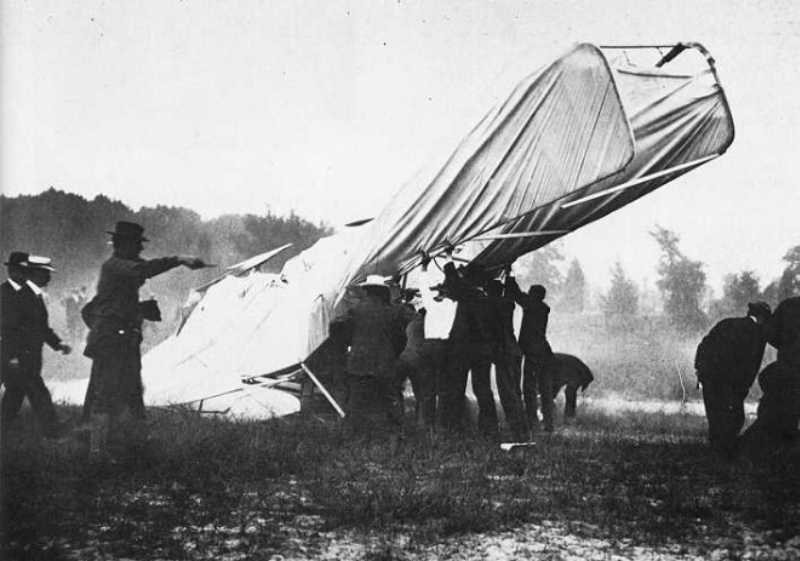
Orville and Lieutenant Thomas Selfridge of the U.S Army were involved in the world’s first fatal airplane crash when the airplane’s propeller came off. After crashing, Selfridge was pulled from the wreckage and Lieutenant Thomas died from his injuries. Orville suffered a broken leg, four broken ribs, and a back injury.
10. For decades, Orville refused to donate the Wright Flyer to the Smithsonian Institution.
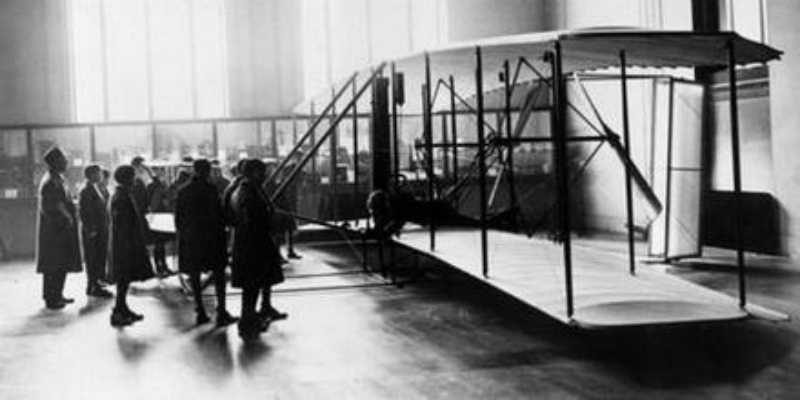
He refused to donate the Wright Flyer to the national institution because, in 1914, the Smithsonian concluded the Langley Aerodrome was the first machine “capable” of manned flight. Orville was furious at the museum’s statement and decided to loan the Wright Flyer to the London Science Museum in 1925.
After the Smithsonian admitted in the 1940s to misrepresenting the Langley Aerodrome, Orville agreed to donate the aircraft to the institution and it was first displayed at the institution in 1948 – a year after Orville passed.
Also read: Mona Lisa Wouldn’t Have Become Legendary If It Wasn’t Stolen



